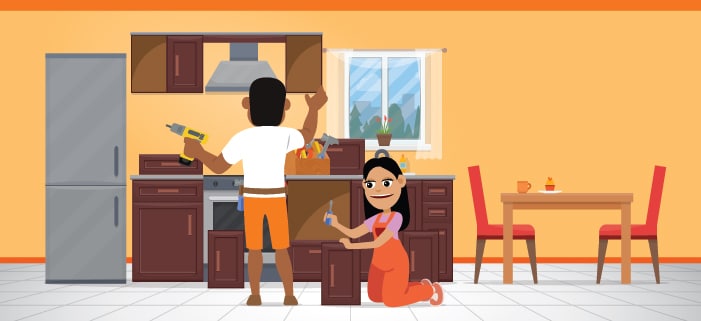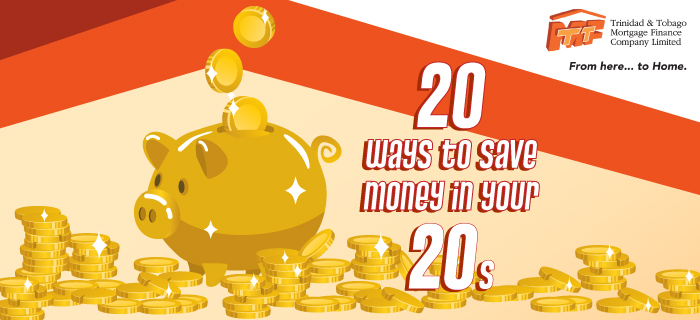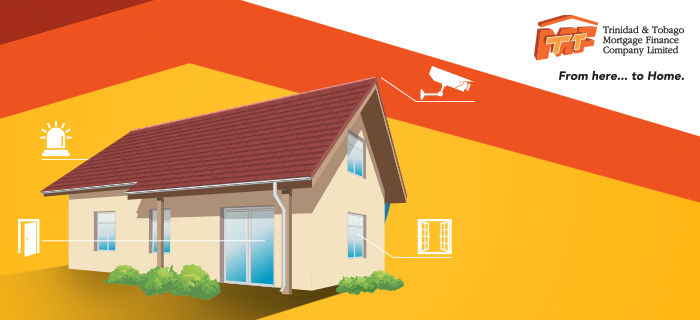When we think of home renovations, we often think that they are only done to take care of major structural repairs or maybe to make changes to suit the individual preferences of the homeowner. But there is a much more practical reason why homeowners should undertake renovation projects to improve their homes on a regular basis – to maintain or increase the property’s value.
The market value of a property is determined by how much a potential buyer would be willing to pay for it. There are a variety of factors that can positively or negatively affect its value, including its location, the selling price of comparable homes in the same area, size of the home and its useable or living space, its age and the general condition of its structure and, of course, economic indicators. While all of these factors are not within the control of homeowners, some of them (e.g. the condition of the home) are and that’s where there is potential to have an impact on the home’s value.
Preserve Value with Home Renovations
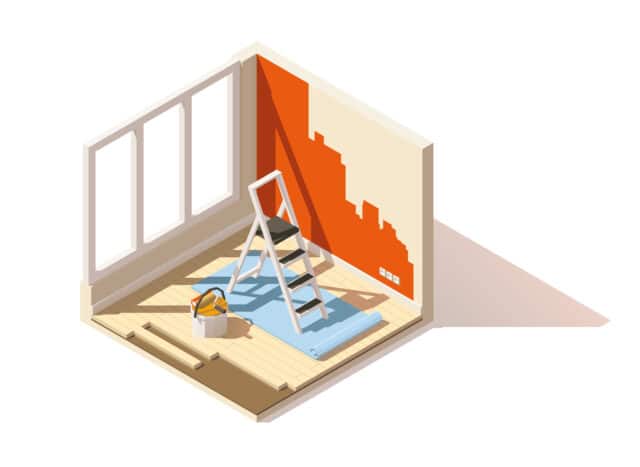
Over time, it is expected that certain components of the home would need to be replaced or updated as they begin to show signs of wear and tear. This is often commonly seen with roofs and plumbing. In order to preserve your home’s value, that is, to prevent its value from depreciating over time, there are a number of large and small projects you can undertake. It is best to identify and address any problems sooner rather than later before it worsens and becomes even more expensive to take care of:
- repainting the exterior of the home
- doing landscaping in the yard
- fixing damages to walls, floors, doors and windows
- ensuring that the gutters are regularly cleaned
- ensuring that there is proper drainage around the home
Add Value with Home Renovations
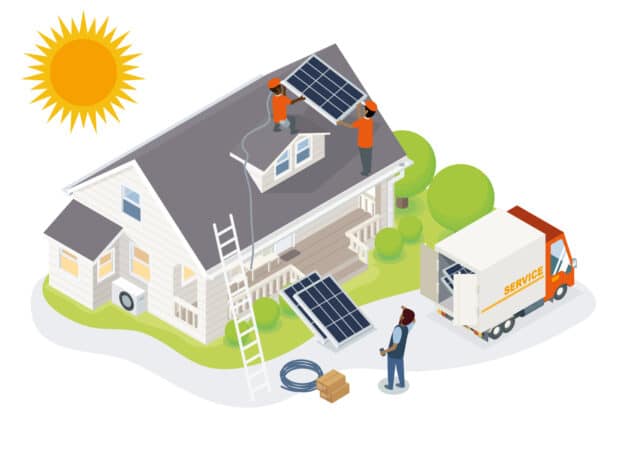
Updating kitchen and bathroom cabinetry, finishes and fixtures to fit current trends in terms of style and or function increases its market value. While tiled countertops and carpeted floors may have been the way to go back in the 80s, a home with granite countertops and tiled floors would be more appealing to potential buyers in current times. Other value-adding updates include:
- installing an electric gate system
- improving ventilation or adding air conditioning throughout the home
- building a covered car port or garage
- building a deck at the back of the house for entertaining and relaxation
- installing solar panels to use a renewable source of energy
- switching to a solar water heater
Making the Best Out of Your Home’s Value
If you have maintained your home or have made major upgrades over time, then its value should appreciate while you simultaneously make mortgage payments and reduce your debt. As we explained in a previous blog article, this increases the equity you have in your home. You can tap into that equity to get financing to make further home improvements or to fund other expenses such as medical bills, tertiary education etc. You would also be able to maximise the price you could list your home for if you decide to sell it.
Remember to always ensure that you have adequate home (and contents) insurance to cover you in the event that your home suffers major damage from a flood, fire or other perils. Accidents and emergencies can undermine all of your good intentions to increase the value of your home, so make sure to protect your home against them.
